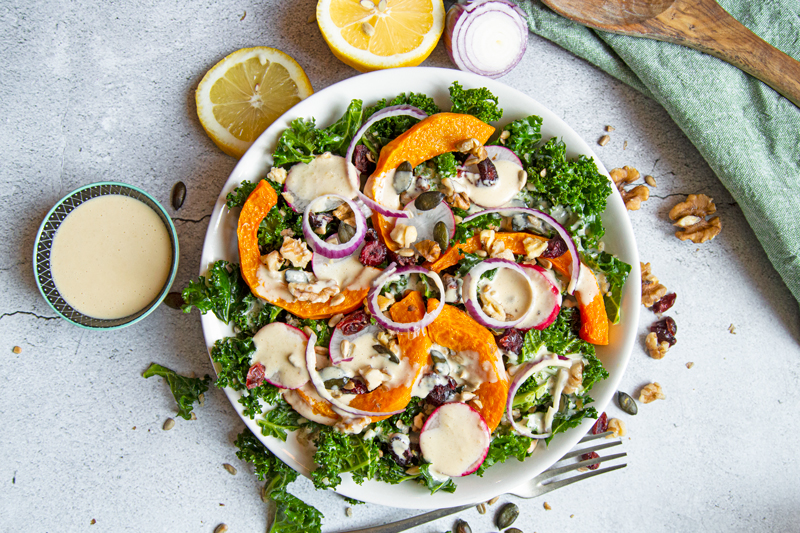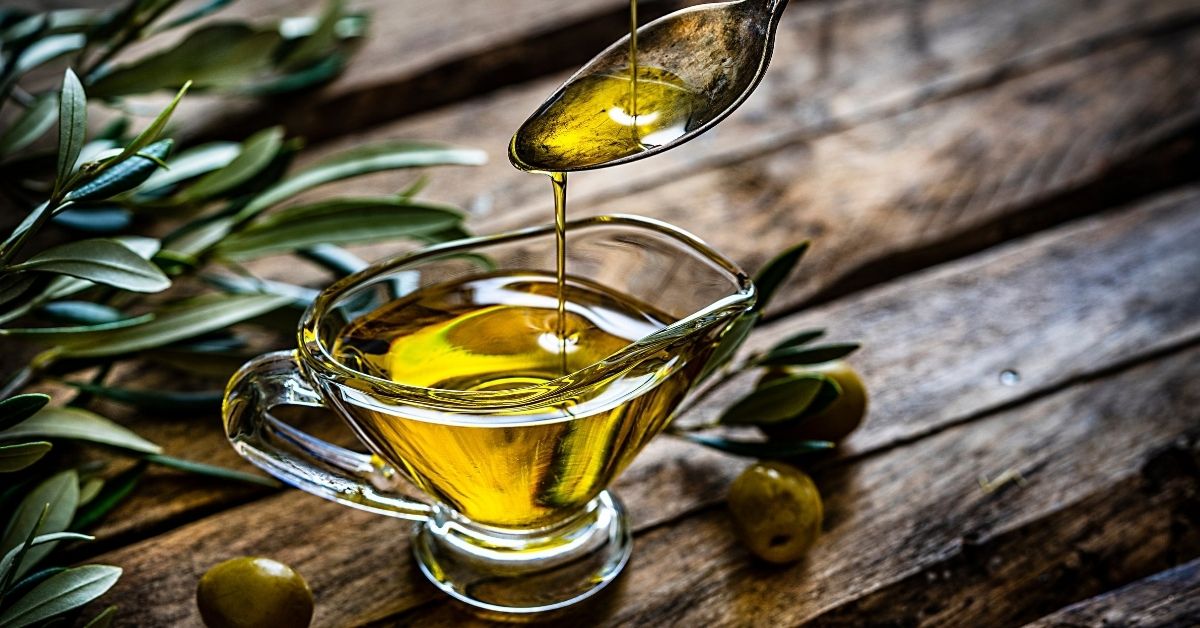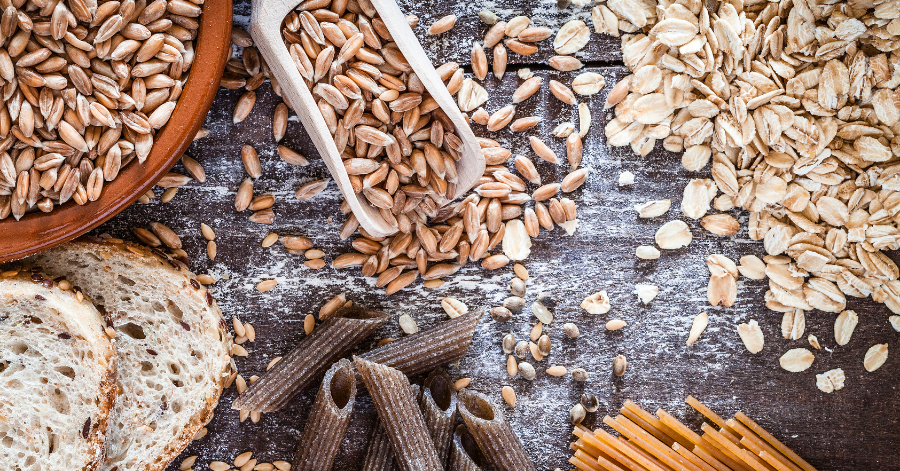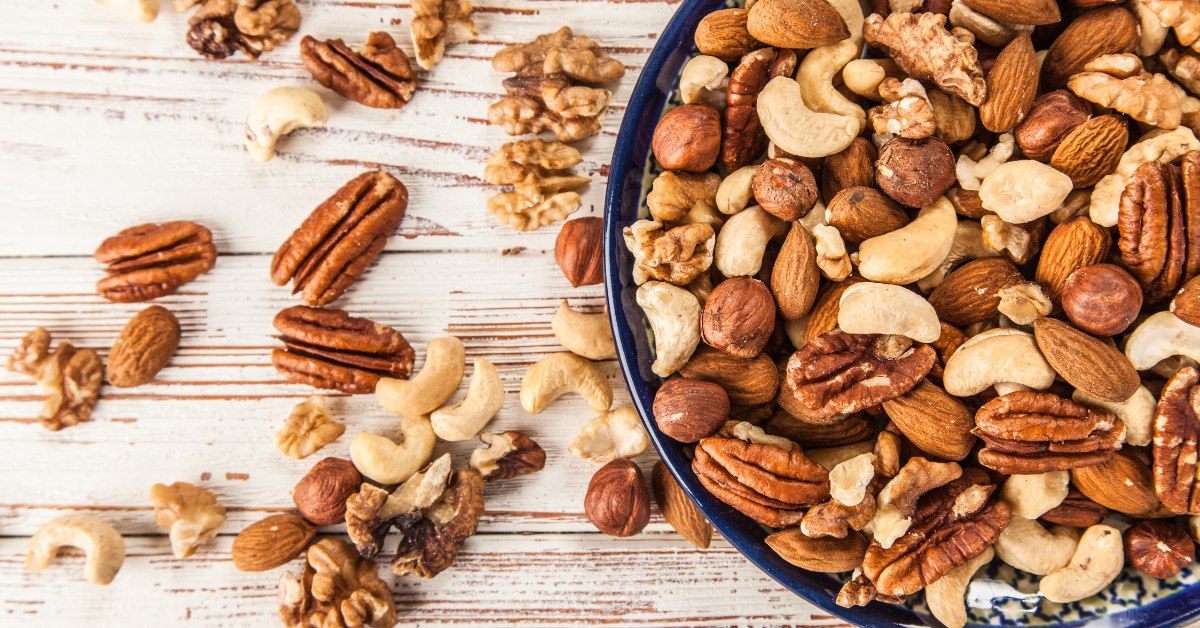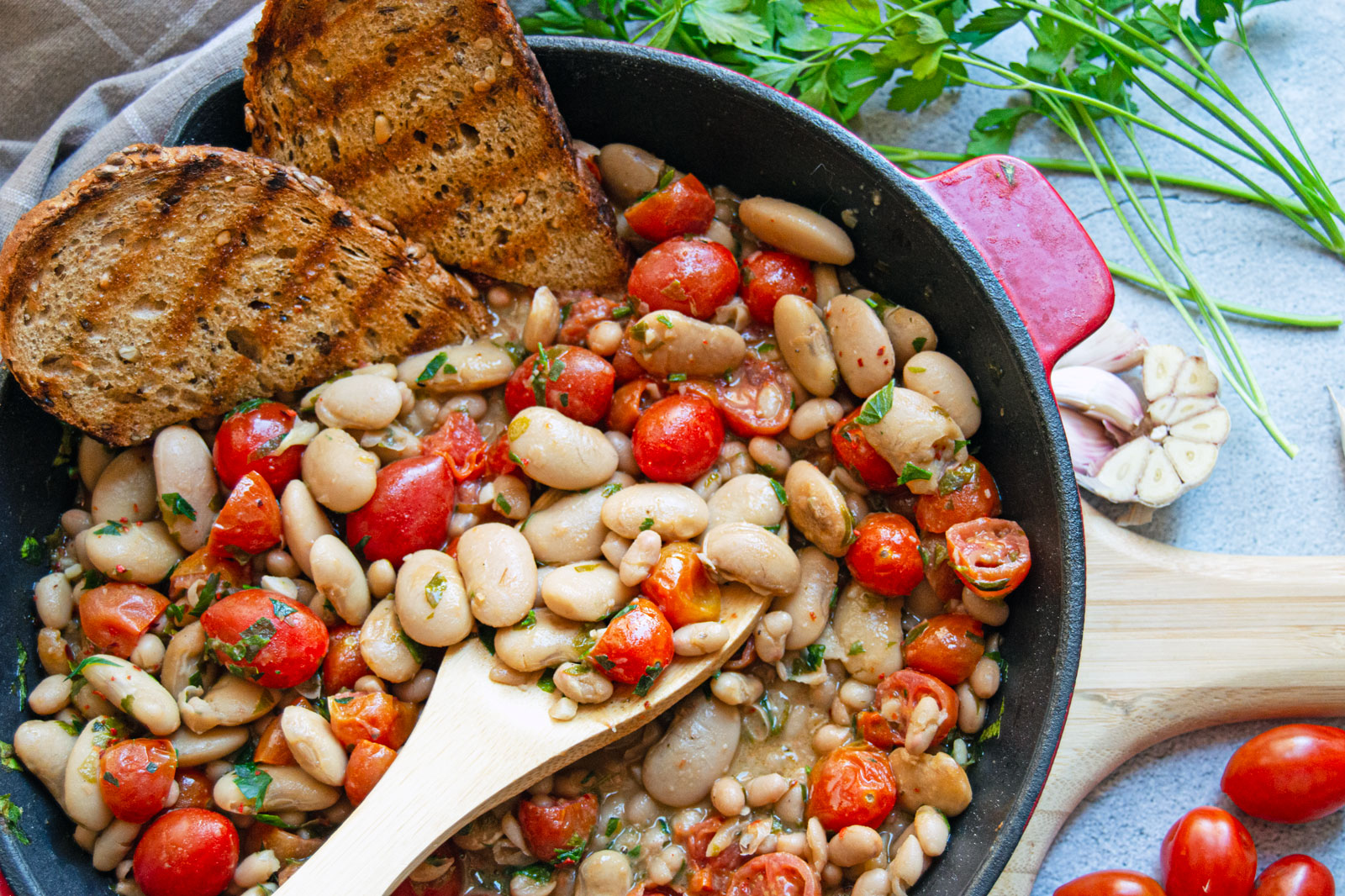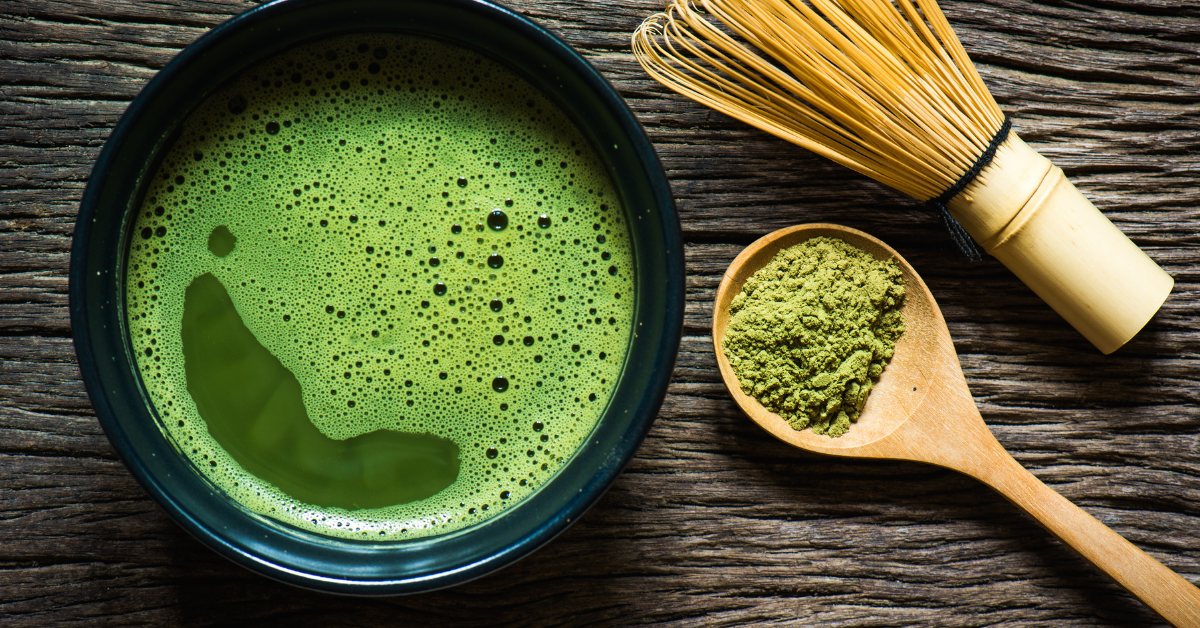🥑 Top Anti-Inflammatory Foods to Support a Calmer, More Energised Body
Inflammation isn’t always a bad thing – in fact, it’s your body’s natural way of healing and protecting itself. But when it sticks around for too long, it can contribute to everything from sluggish energy to unwanted discomfort. The good news? Your daily diet can play a major role in helping your body find balance.
Certain foods have been shown to support your body’s natural anti-inflammatory processes – thanks to their abundance of fiber, antioxidants, healthy fats, and plant-based compounds. Including more of these in your meals can be a gentle and nourishing way to feel better from the inside out.
Here’s a guide to the most helpful anti-inflammatory foods – and easy ways to enjoy them.
🫐 1. Colourful Fruits and Vegetables
Fruits and vegetables are nutritional powerhouses loaded with vitamins, minerals, fiber, and a wide range of antioxidant compounds called polyphenols. These antioxidants help protect your cells from damage caused by oxidative stress—a contributor to inflammation. The more colors you include on your plate, the wider variety of antioxidants you’re getting.
-
Berries like blueberries, strawberries, and raspberries are especially rich in anthocyanins, which have been studied for their role in reducing inflammation and improving immune health¹.
-
Leafy greens such as spinach, kale, and Swiss chard are full of vitamin K and other nutrients that help modulate inflammatory processes.
-
Cruciferous vegetables like broccoli, cauliflower, and Brussels sprouts contain sulfur compounds that support your body’s detoxification pathways.
Easy ways to add more: Toss a handful of mixed berries into your morning oatmeal or smoothie, roast a colourful mix of veggies for dinner, or add extra greens to soups and salads.
Omega-3 fatty acids are essential fats that your body can’t produce on its own, so you need to get them through your diet. They’re well known for their ability to support brain health, heart function, and healthy inflammation responses.
-
Fatty fish such as salmon, sardines, mackerel, and trout are rich in EPA and DHA, types of omega-3s linked to reducing inflammatory markers like CRP (C-reactive protein)².
-
Plant sources like flaxseeds, chia seeds, and walnuts provide ALA, another omega-3 that your body partially converts into EPA and DHA.
Incorporating these foods regularly can help balance your omega-6 to omega-3 ratio—a key factor in inflammation control, since many modern diets tend to be heavy on omega-6 fats.
Easy ways to add more: Sprinkle ground flaxseeds or chia seeds on yogurt or cereal, enjoy a handful of walnuts as a snack, or bake salmon with herbs and lemon a couple of times per week.
Extra virgin olive oil (EVOO) is a cornerstone of the Mediterranean diet, often celebrated for its heart-healthy benefits. It’s rich in monounsaturated fats, which are more stable than polyunsaturated fats, and contains polyphenols like oleocanthal, a natural compound with anti-inflammatory effects.
Oleocanthal has even been found to act in a similar way to ibuprofen, blocking certain enzymes that contribute to inflammation³. Plus, EVOO’s antioxidants help protect cells and support blood vessel health.
Easy ways to add more: Use EVOO as your primary cooking oil, drizzle it over steamed or roasted veggies, or mix it into homemade salad dressings.
Whole grains like oats, quinoa, brown rice, barley, and buckwheat keep their bran and germ layers intact, preserving fiber, vitamins, minerals, and antioxidants.
Fiber plays a big role in supporting your gut health, feeding beneficial bacteria that in turn produce compounds to keep inflammation in check⁴. In contrast, refined grains (like white bread and white rice) lack these components and can cause blood sugar spikes that may trigger inflammatory responses.
Whole grains are also a steady source of energy, helping to avoid the peaks and crashes that can make you feel sluggish.
Easy ways to add more: Start your day with a bowl of whole oats, swap white rice for quinoa or brown rice, or try whole-grain pasta for your favorite pasta dishes.
Nuts and seeds are nutritional powerhouses packed with healthy fats, fiber, protein, vitamins, and minerals such as magnesium—all of which help support balanced inflammation and overall wellness.
Studies have linked regular nut consumption with lower levels of inflammatory markers and improved heart health⁵. Different nuts offer different benefits, so mixing it up is great: walnuts are high in omega-3s, almonds offer vitamin E, and pumpkin seeds provide zinc.
Easy ways to add more: Snack on a small handful of mixed nuts, add sliced almonds to salads or yogurt, or sprinkle pumpkin seeds on soups or oatmeal.
Many herbs and spices contain powerful plant compounds called polyphenols and flavonoids that support your body’s ability to reduce inflammation.
-
Turmeric is famous for curcumin, a compound studied for its anti-inflammatory and antioxidant properties⁶. Pair it with black pepper to improve absorption.
-
Ginger may help ease discomfort and has antioxidant effects.
-
Garlic contains sulfur compounds with potential immune-supporting effects.
Adding these flavor boosters regularly can enhance both the taste and the healthfulness of your meals.
Easy ways to add more: Stir fresh ginger into teas or smoothies, sprinkle turmeric in soups or curries, and toss garlic into roasted veggies or dressings.
🫘 7. Legumes (Beans, Lentils, Chickpeas)
Legumes are an excellent plant-based protein source packed with fibre and polyphenols. Their fibre feeds your gut microbiome, which plays a central role in regulating inflammation and immune function⁷.
They also provide essential nutrients like folate, magnesium, and potassium, which support metabolic and cardiovascular health.
Easy ways to add more: Make lentil soups or stews, add chickpeas to salads or make hummus, and try black beans or kidney beans in chili or tacos.
Green tea contains catechins – natural antioxidants that help fight oxidative stress and may help reduce inflammation at the cellular level.
One catechin in particular, EGCG (epigallocatechin gallate), has been studied for its ability to support heart and brain health, as well as modulate inflammation⁸.
Green tea can be a comforting beverage choice that also helps you stay hydrated without caffeine overload.
Easy ways to add more: Sip freshly brewed green tea hot or iced, enjoy it with a slice of lemon, or add a few leaves to your smoothies for a mild antioxidant boost.
There’s no single food that will “fix” inflammation, but by building your meals around these nutrient-rich, whole foods, you’re helping your body maintain balance and resilience.
Focus on variety, colour, and balance, rather than perfection. And enjoy the process, anti-inflammatory eating doesn’t have to be restrictive; it’s about nourishing yourself with delicious, wholesome foods

